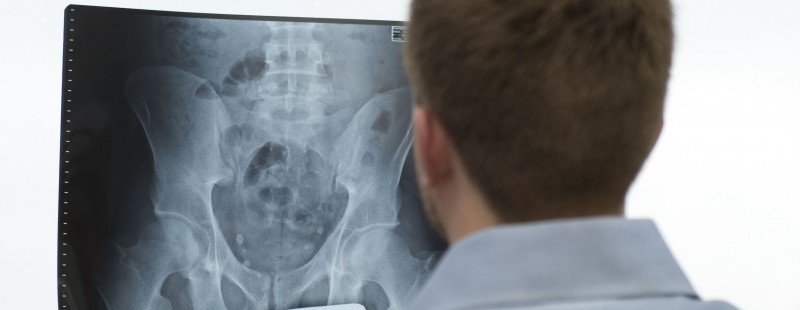False Positives & Spine Conditions
Category: Spine | Author: Stefano Sinicropi

False positives are an unfortunate reality in the field of medicine. Medical scans and tests are not always foolproof, and sometimes test can return inaccurate results. This article will focus on the idea of false positives when it comes to spine conditions, injuries, and surgery. Most importantly, we will talk about what you can do to identify and avoid false positives.
What is a False Positive?
In the medical world, a false positive refers to a misdiagnosis due to an inaccurate test result. For example, imagine a patient with a herniated spinal disc who gets an MRI that inaccurately reveals no disc herniation. This is a false positive because the MRI scan and the person interpreting the results of the scan returned an inaccurate positive diagnosis.
Identifying False Positives
Accurately identifying false positives is the first step in moving forward. Since false positives often stem from inaccuracies in test results, it can be difficult for a patient to accurately identify a false positive. In most cases, a medical professional or a team of medical professionals is needed to recognize false positives. This is big reason why second opinions are so important.
Medical imaging scans like MRIs, CT scans, and X-rays are widely used to diagnose spinal conditions and injuries. However, these scans are not always black and white. They require a trained radiologist and/or spine specialist to interpret the results. Based on the exact same MRI scan, one physician may diagnose you with a bulging disc, while another may see no disc herniation at all. This can be a terrifying thought for a patient.
If you have been diagnosed with a serious spine condition, it’s never a bad idea to seek a second opinion before you commit to a treatment strategy. A second set of eyes may see something entirely new and your diagnosis and treatment could change drastically.